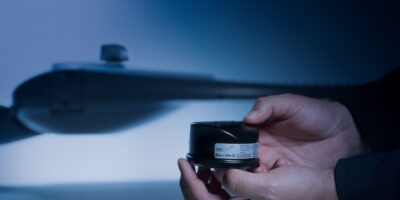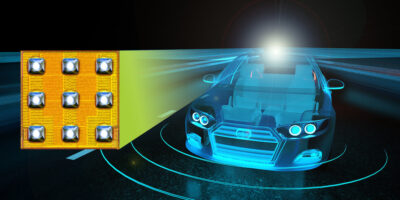Two fast charging ICs released by Halo Microelectronics use a dual-phase switched capacitor architecture for single cell battery applications.
The HL7138 and HL7139, fast charging ICs are claimed to offer the industry’s highest charging efficiencies, which enable faster and cooler battery charging operations in a PCB solution size that is up to 30 per cent smaller than the nearest competitor. The small form factor allows for more system level design flexibility, added Halo Microelectronics.
In addition to saving consumers time by fast charging, the ICs deliver cooler charging which means less energy is wasted, making the charging process environmentally friendly. The small size also provides designers more leeway to choose between thinner and lighter form factors or larger batteries for longer battery life, and whether to include more features or lower bill of material (BoM) costs.
Fast charging is one of the features which can differentiate a smartphone design in a saturated market. It is also one that consumers can relate to and understand the benefits, commented David Nam, CEO of Halo Microelectronics. “Halo Microelectronics has seen switched capacitor-based fast-charging architectures quickly extend from high-end to mid-level smartphones,” he said.
Halo Microelectronics develops analogue and power management ICs (PMICs) enabling energy-efficient smart systems. Its customers develop mobile, IoT and automotive systems.







